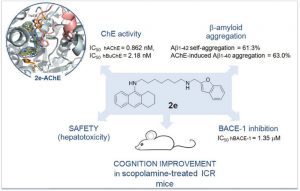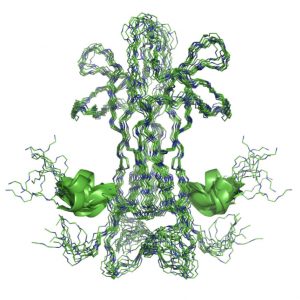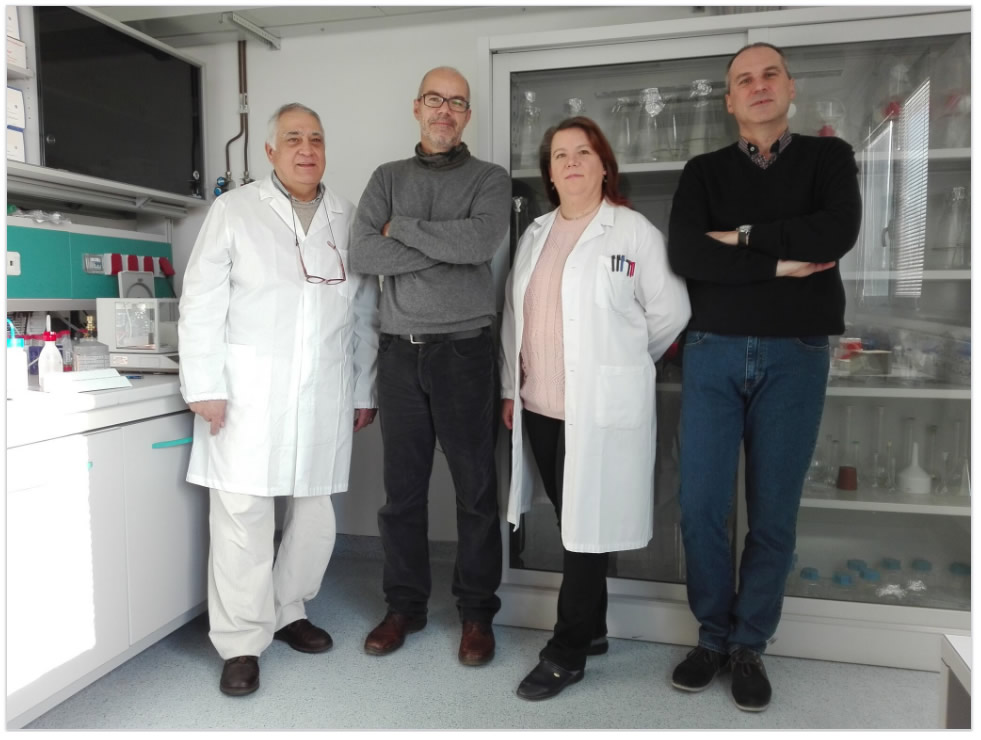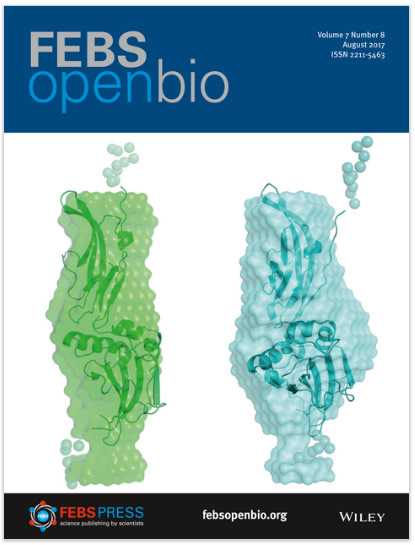STRUCTURAL BIOLOGY – IC TRIESTE
DESCRIPTION:
 The structural biology group in Trieste is strongly focused on the structure-activity-function relationship in proteins relevant to biomedicine and biotechnology, aiming at the understanding of the molecular determinants underlying their biological activities. Among our activities, we are very much involved in the study of proteins relevant as therapeutic potential for neurodegenerative disorders such as the members of the neurotrophic factors family (Nerve Growth Factor; Brain Derived Growth Factor; NeuroTrophins 3 e 4) and their precursors, and the acetylcholinesterase, an enzyme responsible of the hydrolysis of the neurotransmitter acetylcholine.aiming at the discovery of novel inhibitors by structure-based drug design. Indeed, we are focused on the understanding of their structure/function relationships in a physiological context as well as their involvement in specific pathologies such as chronic neuropathic pain and Alzheimer disease. A second research field that we are actively investigating is the structure of Dystroglycan, a protein of critical importance in muscle development and maintenance and that is involved in some classes of muscular dystrophies. A third field of research is about the investigation of proteins that are crucial for the virulence of bacterial pathogens. Such bacterial proteins are potentially targets for new generations of non-antibiotic drugs so avoiding the well-known problem of the antibiotic-resistant bacterial strains. In detail, we are investigating: i) Quorum Sensing inhibition, targeting chemical communication in bacteria ; ii) Enzymes involved in the last 2 steps of NAD cofactor biosynthesis, promising drug targets for the development of new antibiotics.
The structural biology group in Trieste is strongly focused on the structure-activity-function relationship in proteins relevant to biomedicine and biotechnology, aiming at the understanding of the molecular determinants underlying their biological activities. Among our activities, we are very much involved in the study of proteins relevant as therapeutic potential for neurodegenerative disorders such as the members of the neurotrophic factors family (Nerve Growth Factor; Brain Derived Growth Factor; NeuroTrophins 3 e 4) and their precursors, and the acetylcholinesterase, an enzyme responsible of the hydrolysis of the neurotransmitter acetylcholine.aiming at the discovery of novel inhibitors by structure-based drug design. Indeed, we are focused on the understanding of their structure/function relationships in a physiological context as well as their involvement in specific pathologies such as chronic neuropathic pain and Alzheimer disease. A second research field that we are actively investigating is the structure of Dystroglycan, a protein of critical importance in muscle development and maintenance and that is involved in some classes of muscular dystrophies. A third field of research is about the investigation of proteins that are crucial for the virulence of bacterial pathogens. Such bacterial proteins are potentially targets for new generations of non-antibiotic drugs so avoiding the well-known problem of the antibiotic-resistant bacterial strains. In detail, we are investigating: i) Quorum Sensing inhibition, targeting chemical communication in bacteria ; ii) Enzymes involved in the last 2 steps of NAD cofactor biosynthesis, promising drug targets for the development of new antibiotics.
 In our researches, we use state-of-the-art techniques and methodologies of both structural and molecular biology; starting from genes, we are able to express and purify protein samples useful for the structural characterization. We can use several experimental techniques for the study of the macromolecular structures: X-ray crystallography, Small Angle X-ray Scattering, NMR, Dynamic Light Scattering and circular dichroism. We often support the experimental approaches with computational methods such as in-silico docking and molecular dynamics simulations. Structural studies are generally associated with a biophysical and functional characterization of the samples under study. In doing this we exploit techniques such as UV-VIS spectroscopy, Differential Scanning Fluorimetry (Thermofluor) and Isothermal Titration Calorimetry. Furthermore, we often use advanced methods in molecular biology in order to prepare ad-hoc point mutants to gain further insights into the proteins biological functions
In our researches, we use state-of-the-art techniques and methodologies of both structural and molecular biology; starting from genes, we are able to express and purify protein samples useful for the structural characterization. We can use several experimental techniques for the study of the macromolecular structures: X-ray crystallography, Small Angle X-ray Scattering, NMR, Dynamic Light Scattering and circular dichroism. We often support the experimental approaches with computational methods such as in-silico docking and molecular dynamics simulations. Structural studies are generally associated with a biophysical and functional characterization of the samples under study. In doing this we exploit techniques such as UV-VIS spectroscopy, Differential Scanning Fluorimetry (Thermofluor) and Isothermal Titration Calorimetry. Furthermore, we often use advanced methods in molecular biology in order to prepare ad-hoc point mutants to gain further insights into the proteins biological functions
Contact Person: ALBERTO CASSETTA
Tel.: 040-3757527
E-mail: alberto.cassettaATts.ic.cnr.it
INVOLVED STAFF:
FACILITIES AND LABORATORIES:
Biochemistry and Biophysics Lab –TS
Robotic bio-crystallization facility
X-Ray Diffraction beamline @ELETTRA-Sincrotrone Trieste – XRD1
Sinchrotron facilities: ESRF (Grenoble, MX and SAXS beamlines), DESY/EMBL ( Hamburg, SAXS beamline) and DIAMOND (Oxford, MX and SAXS beamlines)
GROUP RELATED RESEARCH PROJECTS:
At the present, these research activities are not supported by any specific grant.
GROUP RELATED PUBLICATIONS:
Signorino G, Covaceuszach S, Bozzi M, Hübner W, Mönkemöller V, Konarev PV, Cassetta A, Brancaccio A, Sciandra F. A dystroglycan mutation (p.Cys667Phe) associated to muscle-eye-brain disease with multicystic leucodystrophy results in ER-retention of the mutant protein. Human Mutation (2018) 39:266-280.
Covaceuszach S, Bozzi M, Bigotti MG, Sciandra F, Konarev PV, Brancaccio A, Cassetta A. (2017). The effect of the pathological V72I, D109N and T190M missense mutations on the molecular structure of α-dystroglycan. PLoS ONE (2017) 12:e0186110.
Zha X, Lamba D, Zhang L, Lou Y, Xu C, Kang D, Chen L, Xu Y, Zhang L, De Simone A, Samez S, Pesaresi A, Stojan J, Lopez MG, Egea J, Andrisano V, Bartolini M. (2016) Novel Tacrine-Benzofuran Hybrids as Potent Multitarget-Directed Ligands for the Treatment of Alzheimers Disease: Design, Synthesis, Biological Evaluation, and X-ray Crystallography. Journal of Medicinal Chemistry (2016) 59:114-131.
Paoletti F, de Chiara C, Kelly G, Covaceuszach S, Malerba F, Yan R, Lamba D, Cattaneo A, Pastore A. Conformational Rigidity within Plasticity Promotes Differential Target Recognition of Nerve Growth Factor. Frontiers in Molecular Biosciences (2016) 3:83.
Da Silva DP, Patel HK, González JF, Devescovi G, Meng X, Covaceuszach S, Lamba D, Subramoni S, Venturi V. Studies on synthetic LuxR solo hybrids. Frontiers in Cellular and Infection Microbiology (2015) 5:52.


